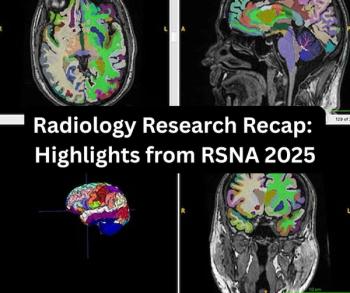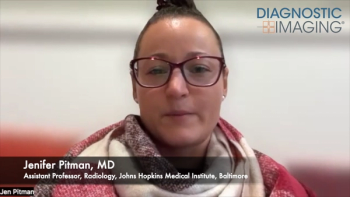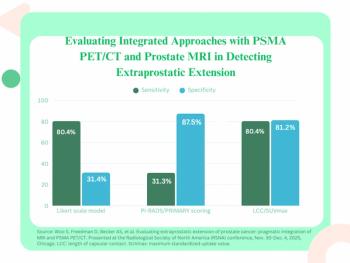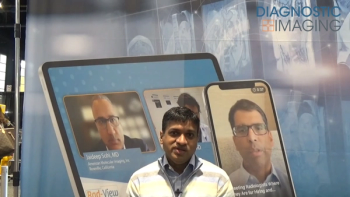
PACS savings make the jump from theory to reality
After years of citing soft indicators like improved efficiency, some institutions can now present hard numbers to cost-justify installing a PACS. Two papers presented Thursday indicate both large cost savings and rapid return on investment with PACS implementation.
After years of citing soft indicators like improved efficiency, some institutions can now present hard numbers to cost-justify installing a PACS. Two papers presented Thursday indicate both large cost savings and rapid return on investment with PACS implementation.
While radiologists examine a PACS implementation's effect on efficiency, image distribution, and improved patient care, administrators typically have been more interested in cost-justification and hard economic results, according to Dr. Matthew Morgan, a radiology informatics fellow at the University of Pittsburgh Medical Center.
"Prior cost analyses tended to be radiology-centric. Because they were dealing with evolving technologies, they were theoretical in nature," he said.
UPMC first integrated PACS into the radiology department in the middle of 1996 and began enterprise-wide implementation in 1999.
To calculate cost savings over a four-year period, investigators first calculated the cost per study in a film environment and multiplied that by the total volume of studies performed. They then compared this number with the total costs associated with a filmless environment.
For film, total costs covered those associated with generating film, including dry and wet studies, processing, and purchasing the film as well as the costs associated with film-related support, including storage and retrieval. Because UPMC is a large academic center with high procedure volumes, the costs came out to $20 per study, according to Morgan.
Multiplying this number by the total study volume brought the costs associated with film to $23 million.
The PACS environment calculation covered initial capital costs, including IT and modalities, and operational costs. The total amounted to $20.6 million.
By calculating yearly savings, the investigators determined that the payback period came at 3.5 years after implementation and that return on investment was almost 30% per year.
Simply moving to a filmless environment is one way to save costs. Looking at a different business model for PACS may provide additional opportunity.
Joining the ranks of large institutions that have gone the application service provider route, the M.D. Anderson Cancer Center realized an $18.5 million savings over a capital investment model, according to Dr. Kevin McEnery, associate division head for diagnostic imaging informatics at the center.
Turning to an ASP business model, M.D. Anderson distributed over 80 workstations within the diagnostic imaging department and three workstations outside of the department. The ASP model cost $2 million for the workstations, whereas going the capital investment route would have cost $21 million.
If the facility had chosen the capital investment model, they would have had to purchase 140 additional workstations. The additional workstations weren't necessary for the ASP model, because the center was able to use image viewing client software and off-the-shelf monitors rather than expensive setups for users outside of the diagnostic imaging department.
The ASP model generated no cost for archiving, compared with $10.6 million for the capital model. On the other hand, the application service cost was $11.6 million for the ASP model and zero for the capital model.
Capital PACS costs have decreased, but installing dedicated PACS workstations is still substantially more expensive than purchasing parts directly from an OEM, which is what M.D. Anderson did with its ASP model, McEnery said.
"The savings were largely attributed to the much less expensive workstations," McEnery said.
For more from the online Diagnostic Imaging archives:
Newsletter
Stay at the forefront of radiology with the Diagnostic Imaging newsletter, delivering the latest news, clinical insights, and imaging advancements for today’s radiologists.



























